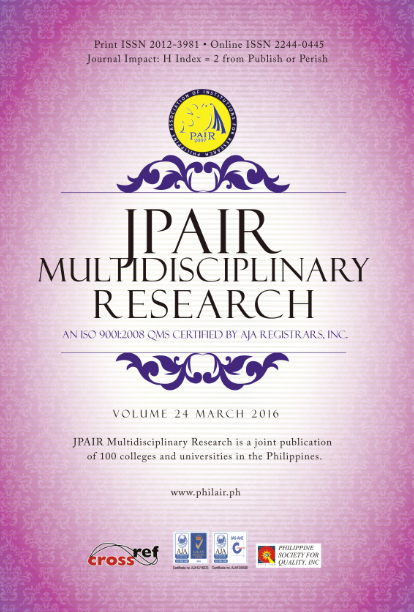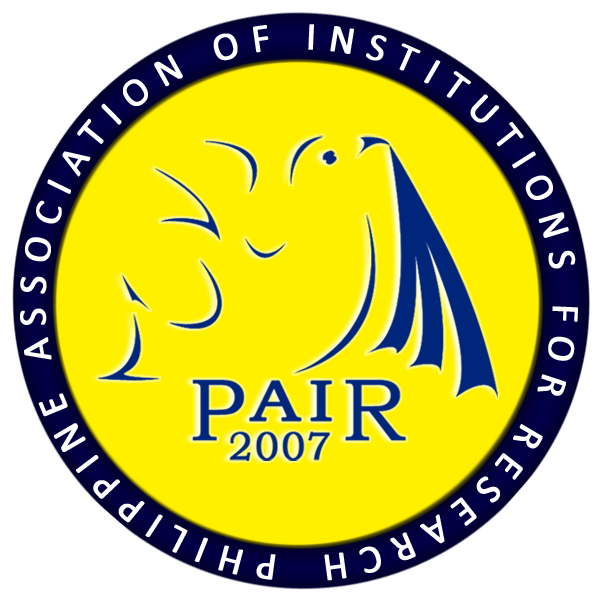Identification and Literary Analysis of the Selected Folk Literature in the Province of Capiz, Philippines
DOI:
https://doi.org/10.7719/jpair.v24i1.384Keywords:
Folk Literature, literary-critical analysis, descriptive-qualitative research, Province of Capiz, PhilippinesAbstract
The Philippines, a treasury of oral folk epics and particularly folk songs, gives us opportunities to research them in transition, which implies documenting and introducing them to a wider audience (Biclar, 2014). Capiz is the capital of folk songs and folk dances in Western Visayas. It is a province in Panay Island which has a distinctive and astonishing folk literature existing, but the dilemma is, writings were not all recorded and compiled. The study identified and analyzed the selected folk literature in the province. It sought to identify folk literature in the province of Capiz according to genres, craft a literary analysis based on folk literature and determine literary criticism approaches which are applicable for literary analysis. The study utilized descriptive-qualitative research employing literary critical approaches. The multi-stage purposive sampling procedure was used. The most common folk literature in the province were the following: ambahanon, binalaybay, composo, harana, hurobaton, lowa, paktakon and pamulong-pulong used the spoken introduction for the ulitawo and lin-ay in the public dance (bayle). The selected folk literature identified represent the historical, cultural, social, anthropological or even religious aspects of the Capizenos' way of life.
Downloads
References
Biclar, L. A. B. (2014). The Socio-cultural and Political Undertones in Demetillo’s Barter in Panay: An Epic. JPAIR Multidisciplinary Research, 16(1), 57–81. https://doi.org/10.7719/jpair.v16i1.271
Downloads
Published
Issue
Section
License
Copyright (c) 2016 Emmanuel D. Dayalo

This work is licensed under a Creative Commons Attribution-NonCommercial 4.0 International License.
Open Access. This article published by JPAIR Multidisciplinary Research is licensed under a Creative Commons Attribution-Noncommercial 4.0 International (CC BY-NC 4.0). You are free to share (copy and redistribute the material in any medium or format) and adapt (remix, transform, and build upon the material). Under the following terms, you must give appropriate credit, provide a link to the license, and indicate if changes were made. You may do so in any reasonable manner, but not in any way that suggests the licensor endorses you or your use. You may not use the material for commercial purposes.




















